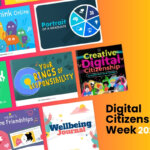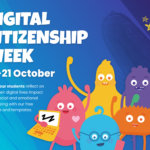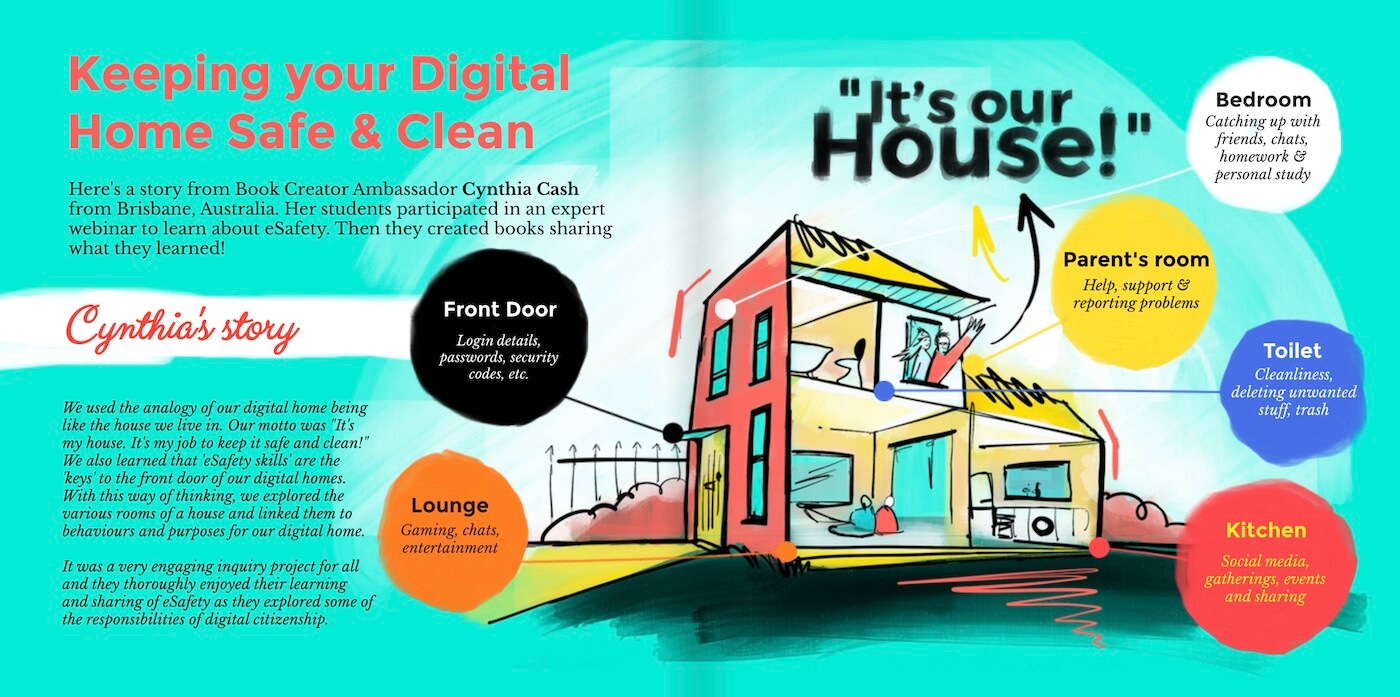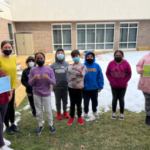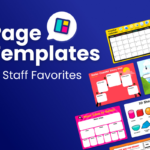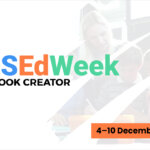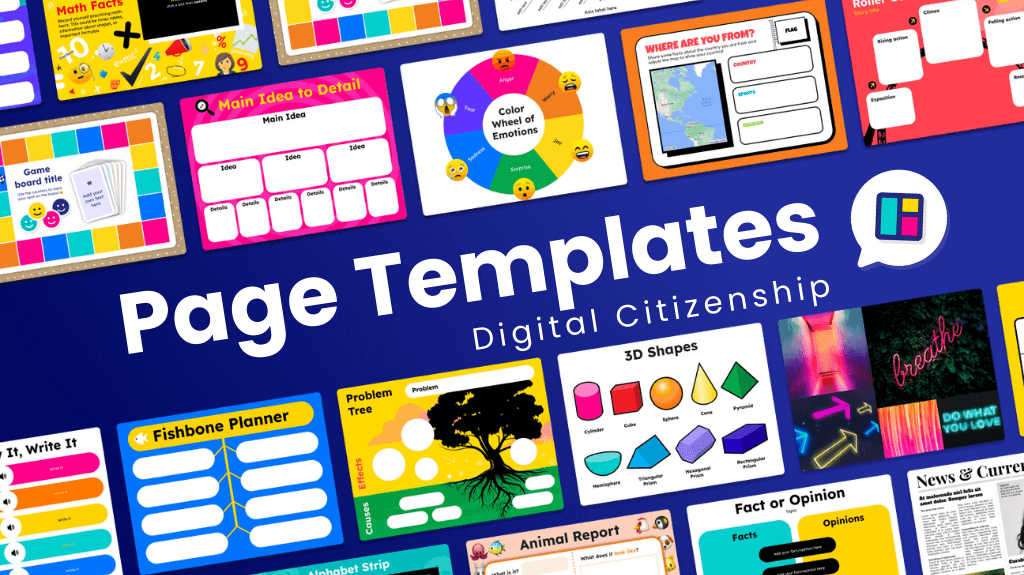
For today’s learners, being a good digital citizen is just as important as being a good community member. Students are constantly interacting online—through social media, class platforms, and collaborative projects. Teaching digital citizenship helps them build the skills they need to communicate respectfully, protect their privacy, evaluate online information, and create responsibly. These skills prepare students for success in school and empower them to thrive in a connected world.
Why teaching digital citizenship matters
Digital citizenship is not just about safety—it’s about kindness, responsibility, and critical thinking in online spaces. With the right guidance, students learn to navigate digital platforms in ways that reflect their values and support positive interactions with others.
Book Creator digital citizenship templates
To make these conversations easier, we’ve designed a set of digital citizenship page templates in Book Creator. These interactive templates provide structured but flexible activities that help students reflect, create, and share their thinking—no extra prep required.
What is Digital Identity? – Avatar Reflection
![]() This template asks students to visualize the reputation they want to build online. In the center is a blank avatar where they can add images, icons, or symbols that represent the qualities, interests, and values they’d like to be known for.
This template asks students to visualize the reputation they want to build online. In the center is a blank avatar where they can add images, icons, or symbols that represent the qualities, interests, and values they’d like to be known for.
Classroom applications:
-
Goal-setting activities around students’ digital presence
-
Character education lessons on values and contribution
- Creative reflections to design an avatar of their best digital selves
By framing digital identity as something students have the power to shape, this activity encourages them to be intentional and proud of their online footprints.
Don’t Get Fooled Online – CRAAP Test
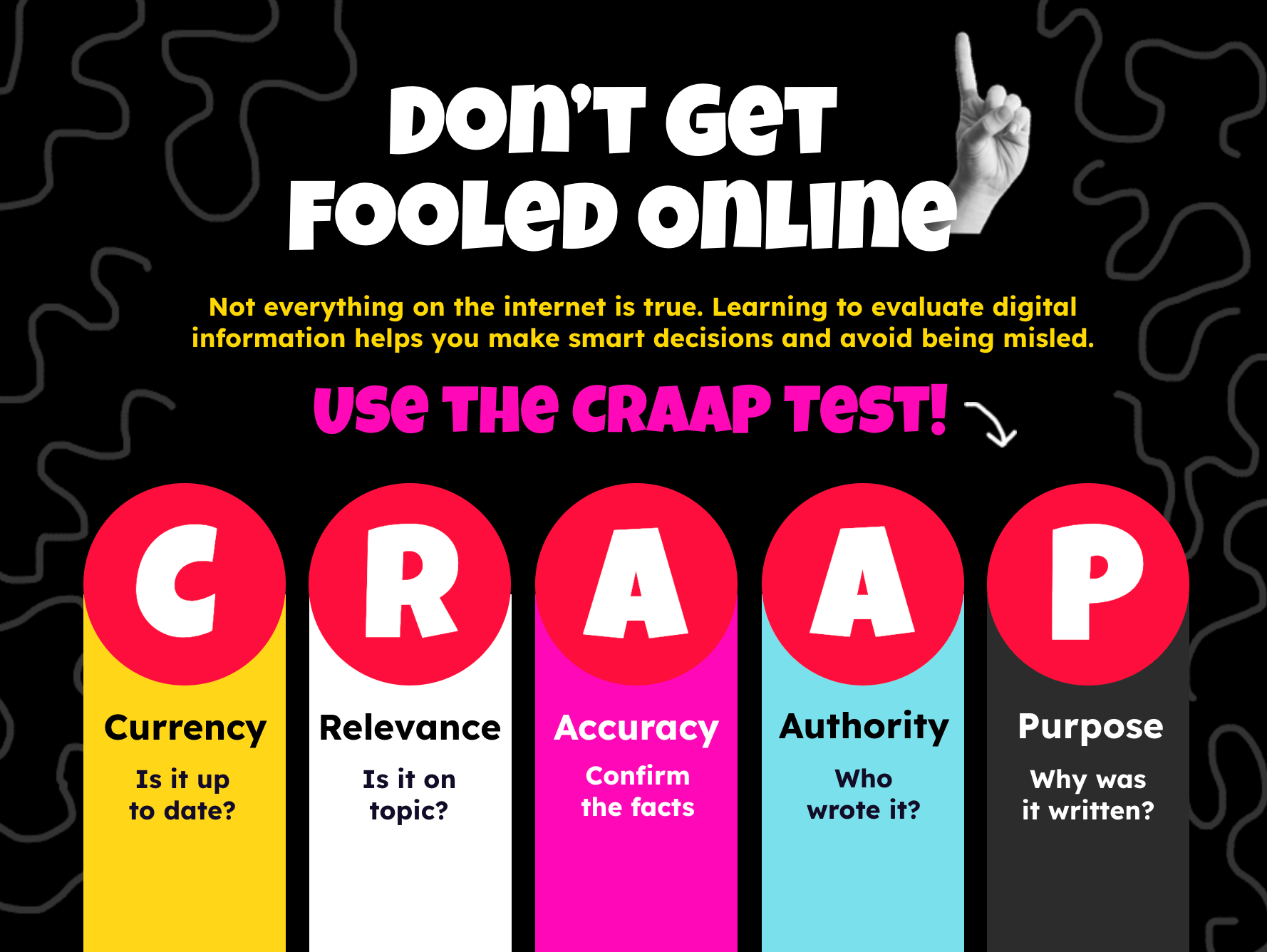
This template supports media literacy, reminding students that not everything on the internet is true. It guides them through the CRAAP Test:
- Currency – Is it up to date?
- Relevance – Is it on topic?
- Accuracy – Are the facts confirmed?
- Authority – Who wrote it?
- Purpose – Why was it written?
Classroom applications:
- Evaluate websites during research projects
- Facilitate discussions around misinformation
- Build habits of questioning information before sharing
Students learn how to make smart, informed choices online—a skill that will serve them for life.
Digital Collaboration: Our Team
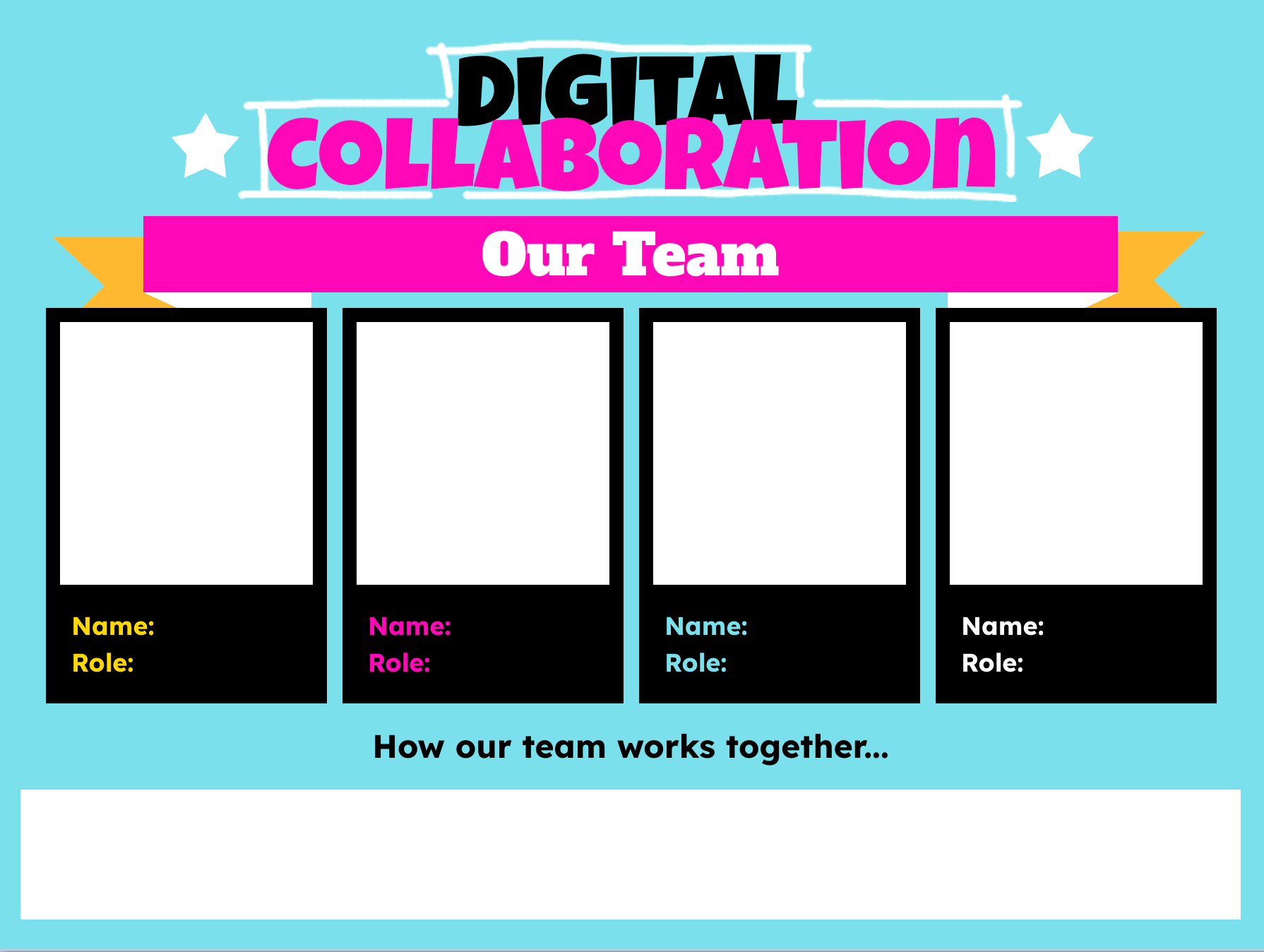
Collaboration is at the heart of responsible online behavior. This template lets each team member add their name, role, and photo or avatar, making contributions visible and clear. At the bottom, students reflect on “How our team works together…”.
Classroom applications:
- Define roles before group projects
- Practice teamwork and responsibility in online spaces
- Collect portfolio evidence of collaborative learning
This activity shows students that collaboration is about more than dividing tasks—it’s about building respectful and productive digital communities.
How these templates support student growth
While these templates focus on digital citizenship, they also touch on other essential skills. Reflection activities build writing practice, evaluations strengthen critical reading, and group work fosters communication. Together, they create a balanced approach that develops digital literacy across multiple domains.
How to get started with Book Creator templates
Designed with flexibility in mind, Book Creator’s templates can be adapted for any grade level or subject. Teachers can use them for warm-ups, class discussions, or full projects—and remix them to meet the needs of their students.
Here’s why you should try them:
- Engaging + Interactive: With images, icons, and reflection prompts, students stay actively involved.
- Customizable: Easily adapt templates with your own prompts, content, or media.
- Portfolio-Ready: Capture student thinking and growth in a format that’s easy to share.
Getting started is simple:
- Head into Book Creator.
- Search “digital citizenship” in the page templates library.
- Add them directly to your book.
📺 Watch this short video on using page templates
📄 Download the Page Templates one-pager
With just a few clicks, you can bring engaging, ready-made activities into your classroom—and spark meaningful conversations about what it means to be a responsible digital citizen.
*These new templates are available to our premium account and school and district users.
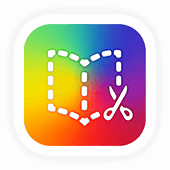
Get Book Creator for your school!
- Upgraded accounts for all your teachers
- Implementation plan to help with rollout
- PD support
- Analytics & admin dashboard
Joining the team in January 2025, Christina is the K-12 Curriculum Lead.



